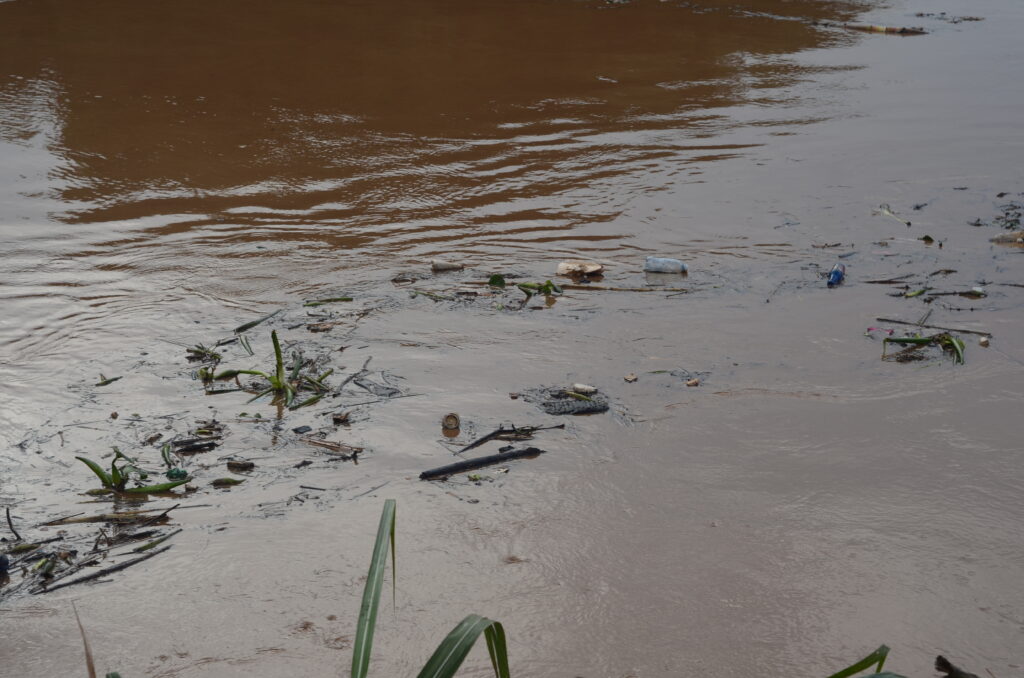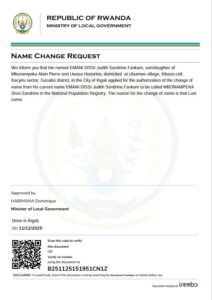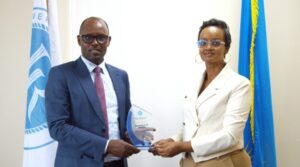
Since 2008, Rwanda has started a program to collect biodegradable and non-biodegradable waste from cities this waste is placed in an area designed to facilitate the government’s management and it is mainly non-biodegradable and it is also used for production and other environmentally friendly materials, but the people say that these wastes are a threat to them.
Among the non-biodegradable and non-perishable waste that the residents say are a threat to them are plastics and pellets, which they take them as the source of pollution, disease, and environmental damage because there are plastics thrown into rivers and lakes.
Although the production, importation, use or sale of pellets and single-use plastic items is prohibited, until 2019 the cities of Rwanda were estimated to produce 408-808 tons of waste per day, in that waste Research shows that plastics occupies 1.5 to 7 % of all plastics waste. Rema announced that there is still a large number of plastics entering the country from abroad illegally, adding to other plastics from the food, beverage and medicine industries located in the country that are the parts of total wastes gathered into the communities. Inhabitants near wastes collection Center complain that the wastes around them are the issues “Plastics and other waste from the collection of garbage continue to cause us problems. Children goes there come with diarrhea, when it rains, the water from the garbage comes into the house and contaminates the food. Surprisingly, they have no plan to move it.

Recycling center in Musanze District
Household wastes collection services reach 88% of Kigali residents’ homes and 50% in the second cities (Muhanga, Musanze, Rubavu, Huye and Ruzizi). There are no statistics showing how the rural areas deal with wastes, only the RDB (Rwanda Government Board) says that in the areas where they are located Rivers, Forests, and Parks, their workers always collect wastes and plastic to prevent animals or other living things from being harmed. “Although the Rwandan government has put in place measures to prevent plastics, RDB has permanent people in all the places where there are forests and Rivers to prevent the animals from eating the plastic and being affected by them or being caught in its clutches, which would cause it to get sick.” Said Ngoga a Conservation analysis of RDB
Plastics as parts of waste
All plastic materials used in Rwanda do not reach the collection point, there are spill in agricultural fields, in permanent and non-permanent streams and in other places that are easy to get. the plastic materials found in rivers in Rwanda, they are deposited by erosion because all the water in Rwanda goes to the lakes and rivers, people who live near them throw those plastics in , however there is a plan to find another way that will be filtered before it reaches the lakes, Reverien Igirubuntu works for WASAC (Water and Sanitation Corporation, Nyabarongo branch) said that there are still plastics bottles in the river, but they don’t know where they come from, “Plastics are still visible in Nyabarongo river, the machines that stops PET (clear, strong, lightweight and 100% recyclable plastic) on the hydropower works Every day , the identified plastics are sent to REMA and uses them .” Said Reverien Igirubuntu

Plastics are parts of wastes
Plastics which are found in Lake Kivu from DR Congo, affect the production of fishes, The Ministry of Agriculture and Fisheries (MINAGRI) states that the fishers are facing breeding problems due to the PET placed in Lake Kivu, sometimes the production of their fishes is reduced and it is decided to stop fishing for a period between 2 and 3 months.
SINELAC, the company that supplies electricity to the member countries of CEPGL, announces that it continues to face the problem caused which are come from the water of Lake Kivu Bukavu City, where it builds a dam. SINELAC shuts down more than two hours a day, the loss per month get to 2100 Megawatts (MW) costing 180600000 Rwandan francs, national institutions including the Ministry of Commerce and Trade, Rwanda Utilities Regulatory Authority (RURA), Rwanda Environmental Management Authority (REMA) Water and Sanitation Corporation (WASAC) and Rwanda Development Board work together in order to correct all the data related to the impact of plastics and wastes management,
Dr. Abias Maniragaba, an expert, an environmental researcher says that the effects of plastics on the population are seen not only in the country, but also in the region through the rivers they are connected to. “There is underground water that we use as people, plastics are materials that are slow to rot even if they are cut into small parts (decomposition), they can go into the underground water and harm the health of those who use it, there are other visible effects on agriculture where they are harvested, the production is insufficient” he said
although there are laws to prevent the use of plastics, the Rwanda environment management authority in 2019, allowed the use of plastics for some companies but the product must be produced in Rwanda, it should have no other alternative plastics as packaging material, medical use, waste correction purpose, use in printing houses etc, as they are working hard to get alternative packaging material.
Eric TWAHIRWA








